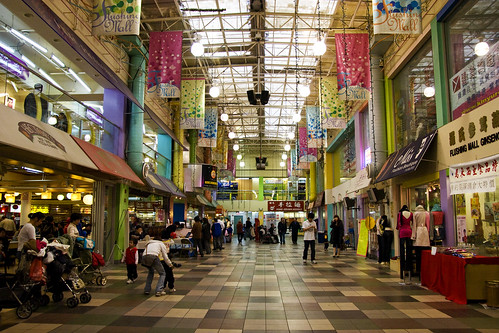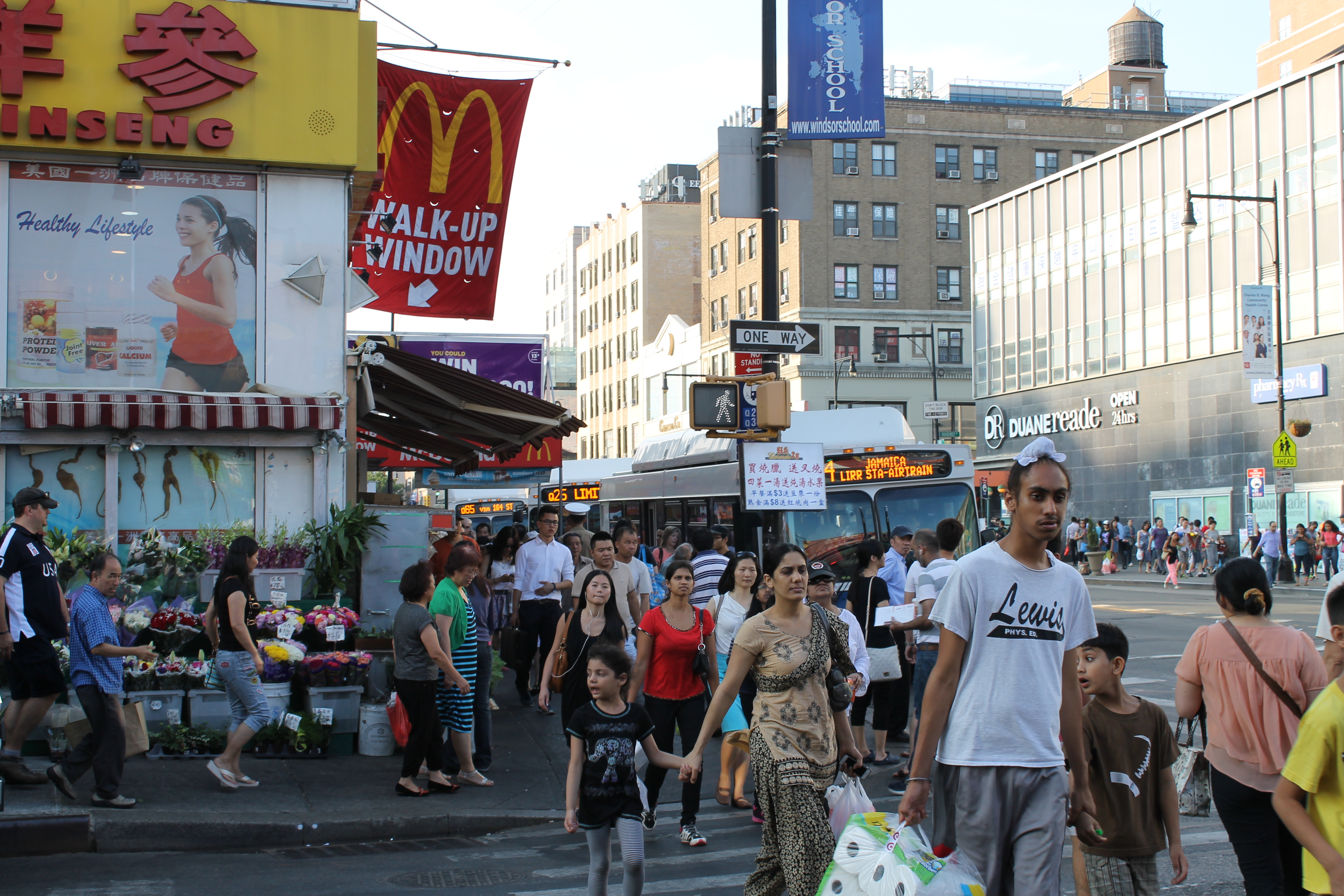 
 字體:小 中 大
字體:小 中 大 |
|
|
|
| 2018/08/17 13:53:01瀏覽677|回應0|推薦5 | |
這裡不是台北市的街頭NYC: Signs in Flushing s Chinatown. Locate, chinese. Colourful signs in both Chinese characters and English cover storefronts in NYCs largest Chinatown located in Flushing in the Borough of Queens. 30年前,紐約唐人街快速發展期間,部分非「傳統唐人街系統」的中國移民,漸次轉往法拉盛另圖發展,進而擠壓了原本想遠離唐人街生活的日裔移民,且很快就取而代之。華人漸次成為法拉盛群聚的主體,而法拉盛也成了唐人街之外,另一個滿溢華人的社區。皇后區東北岸的法拉盛(Flushing),某種程度或許還更具吸引力。
沿街中文化看板、招牌,華人律師廣告、移民公司林立,吃的、穿的、用的,無不以中文標示,這是法拉盛最顯著的特徵,而此地「中文看板」又不只是如唐人街般愈來愈傾向「觀光化」的作用,相反的,則是標誌著此地獨具一格的華人圈生活方式。
A few years ago the New York City Economic Development Corporation placed a series of helpful signs at Flushing’s sixteen historic spots along two different trains, green and orange, and the signs are colored according to the trail they are on. A description of the building the sign describes is on one side, and a map of Flushing showing the different hotspots is on the other.
The first Flushing Freedom Trail, which was marked by a red line in the sidewalk and occasional small, red signs, was first proposed by Flushing High teacher and President of the Bowne House Historical Society Margaret Carman (1890-1976), a relative of Revolutionary War Captain “Lighthorse Harry” Lee and his son, Confederate General Robert E. Lee. Captain Lee described George Washington thusly in an address to the Continental Congress in 1793: “First in war, first in peace and first in the hearts of his countrymen.” Carman Green stands on triply historic territory. It borders both the Bowne House (the north side can be seen from the park) and also Kingsland Homestead, home to the Queens Historical Society but also a historic building in its own right, having been completed in Flushing in 1785. The green also stands on the site of Samuel Parsons’ plant nursery — Flushing’s history with the commercial plant industry began when William Prince established a commercial plant farm, or nursery, in western Flushing in 1737 along Flushing Bay. He first limited his business to apple, plum, pear and other fruit and flowering trees, and later expanded to shade and ornamental trees. Other plant nurseries appeared in Flushing during the 1800s; one of the more successful was Samuel Parsons’, whose family gave Parsons Boulevard its name. Parsons brought the popular pink-flowered dogwood from Europe, as well as planted a weeping beech tree in 1847 on what is now 37th Avenue that survived 150 years. Its descendants, grown from cuttings, are still there.
|
|
| ( 時事評論|國際 ) |




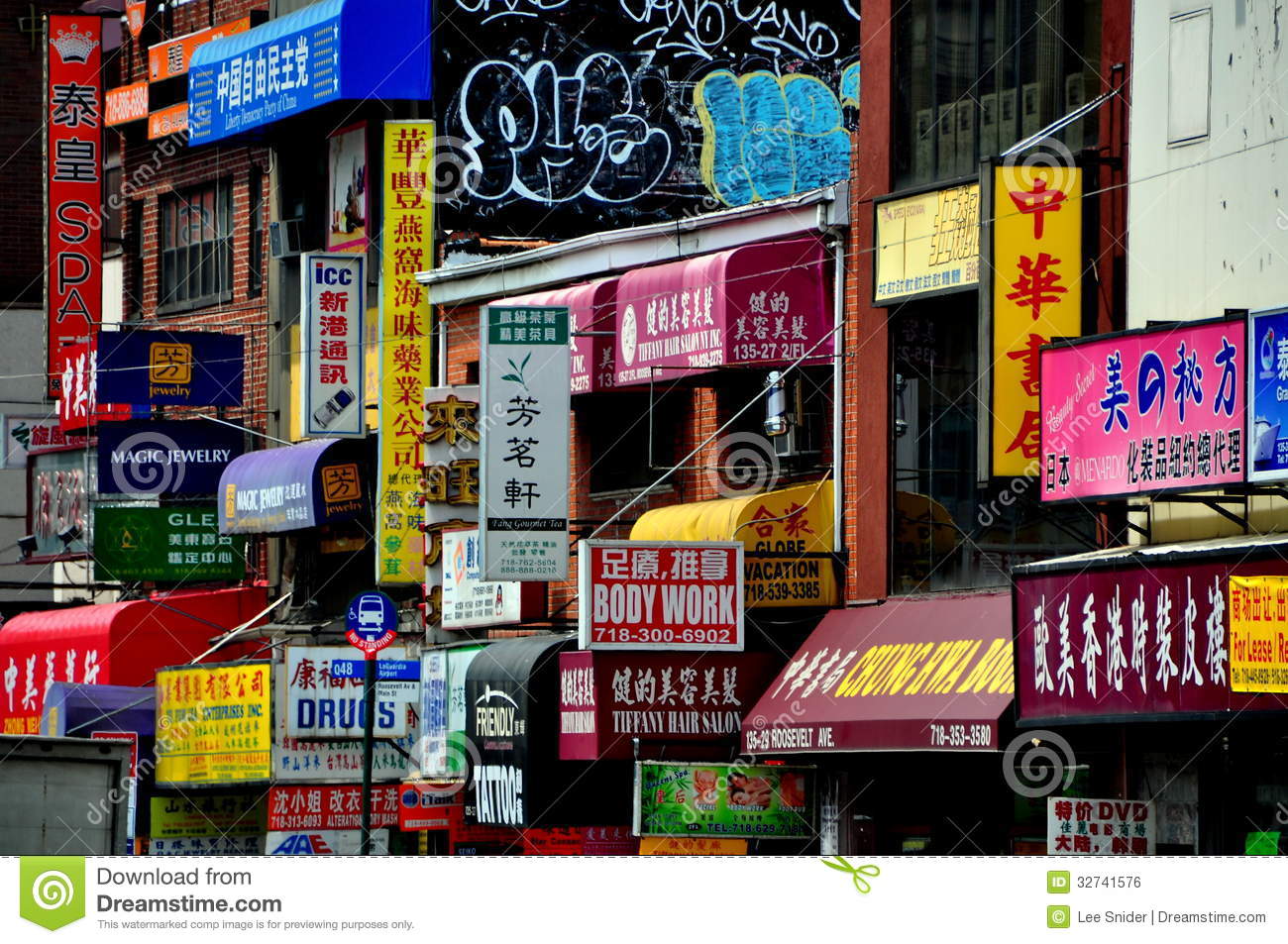
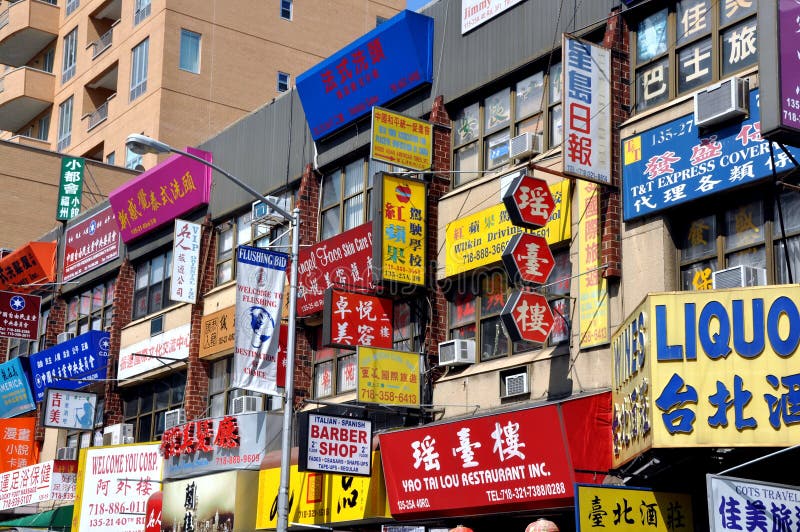
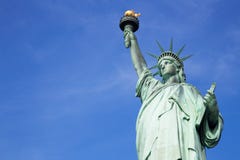
 .
.